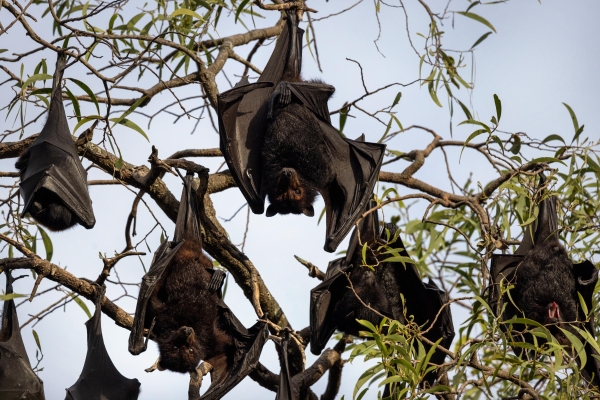Part Three
Gympie, Australia
We’re investigating the cause of viruses spilling over from animals to humans — and what can be done to stop it. Read more in the series →
Part Three
Gympie, Australia
We’re investigating the cause of viruses spilling over from animals to humans — and what can be done to stop it. Read more in the series →
Dressed head-to-toe in protective gear, Peggy Eby crawled on her hands and knees under a fig tree, searching for bat droppings and fruit with telltale fang marks.
Another horse in Australia had died from the dreaded Hendra virus that winter in 2011. For years, the brain-inflaming infectious disease had bedeviled the country, leaping from bats to horses and sometimes from horses to humans. Hendra was as fatal as it was mysterious, striking in a seemingly random fashion. Experts fear that if the virus mutates, it could jump from person to person and wreak havoc.
So while government veterinarians screened other horses, Eby, a wildlife ecologist with a Ph.D., got to work, grubbing around the scene like a detective. Nobody knew flying foxes, the bats that spread Hendra, better. For nearly a quarter century, she’d studied the furry, fox-faced mammals with wingspans up to 3 feet. Eby deduced that the horse paddock wasn’t where the bats had transmitted Hendra. But the horse’s owners had picked mandarin oranges off the trees across the street. The peels ended up in the compost bin, where their horse liked to rummage. “Bingo,” Eby thought. Flying foxes liked mandarins. The bats’ saliva must have contaminated the peels, turning them into a deadly snack.
Eby, however, longed to unlock a bigger mystery: Could she, with the help of fellow scientists, predict when the conditions were prime for Hendra to spill over from bats, before it took any more lives? What if they could warn the public to be on guard — maybe even prevent the virus from making the leap? It would be painstaking work, but it wasn’t a pipe dream; Eby was already spotting patterns as she crawled around infection sites.
But when she pitched her research to a government funder the following year, she got a flat no. She proposed starting small, gathering basic data on flying foxes that could be used to figure out when and why they spread the virus. Her work, she was told, wasn’t considered a “sufficiently important contribution.”
Global health organizations and governments have long focused on responding to outbreaks rather than predicting and preventing them. Billions of dollars pour into developing treatments and vaccines for infectious diseases, but only a small fraction goes to understanding why contagions spread from animals to humans in the first place. Some experts reject even that, viewing spillover as too random, mysterious and rare to be observed and studied.
The work Eby does is the opposite of the major research projects on deadly diseases that typically get scientific grants. Government and nonprofit funders are often drawn to studies involving cutting-edge technology like artificial intelligence, and they want results in a few years’ time. Eby had spent decades trekking into the Australian bush, often on her own dime, observing flying foxes for hours on end with only a notebook and a pair of binoculars. To support her research, she took on consulting jobs, such as advising towns whose residents viewed bats as pests. She knew, though, that side hustles would never be enough to support the multidisciplinary team of scientists needed to crack the Hendra virus.
In the years that followed, Eby found like-minded scientists, and the team, led by women, persisted. They cobbled together grant after grant, battled burnout and kept impatient funders at bay. A decade after Eby’s government grant proposal was shot down, they published a groundbreaking paper in the journal Nature that demonstrated it was not only possible to predict Hendra virus spillover, but it might be preventable. Only then did it become obvious just how important Eby’s quiet fieldwork truly was.
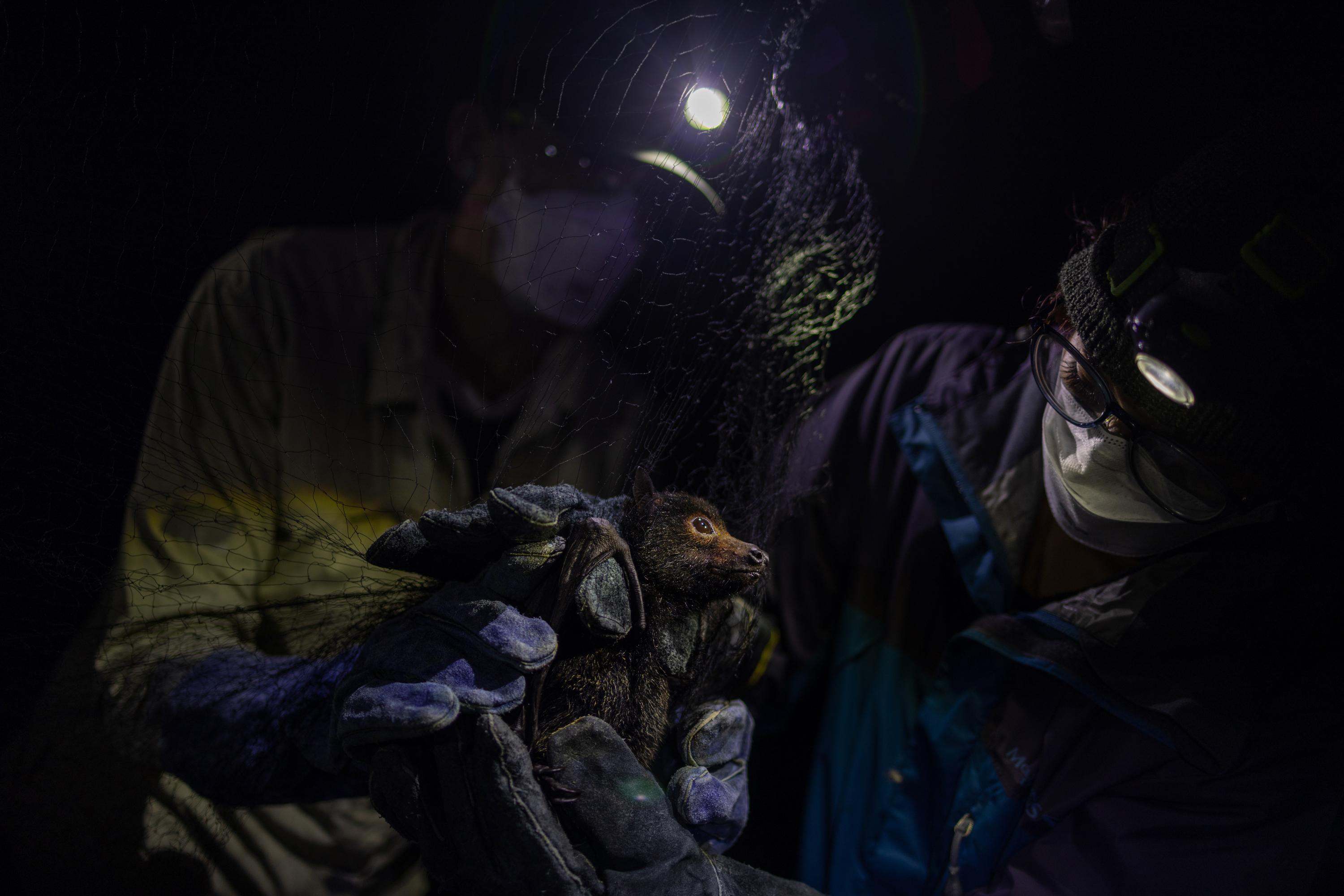

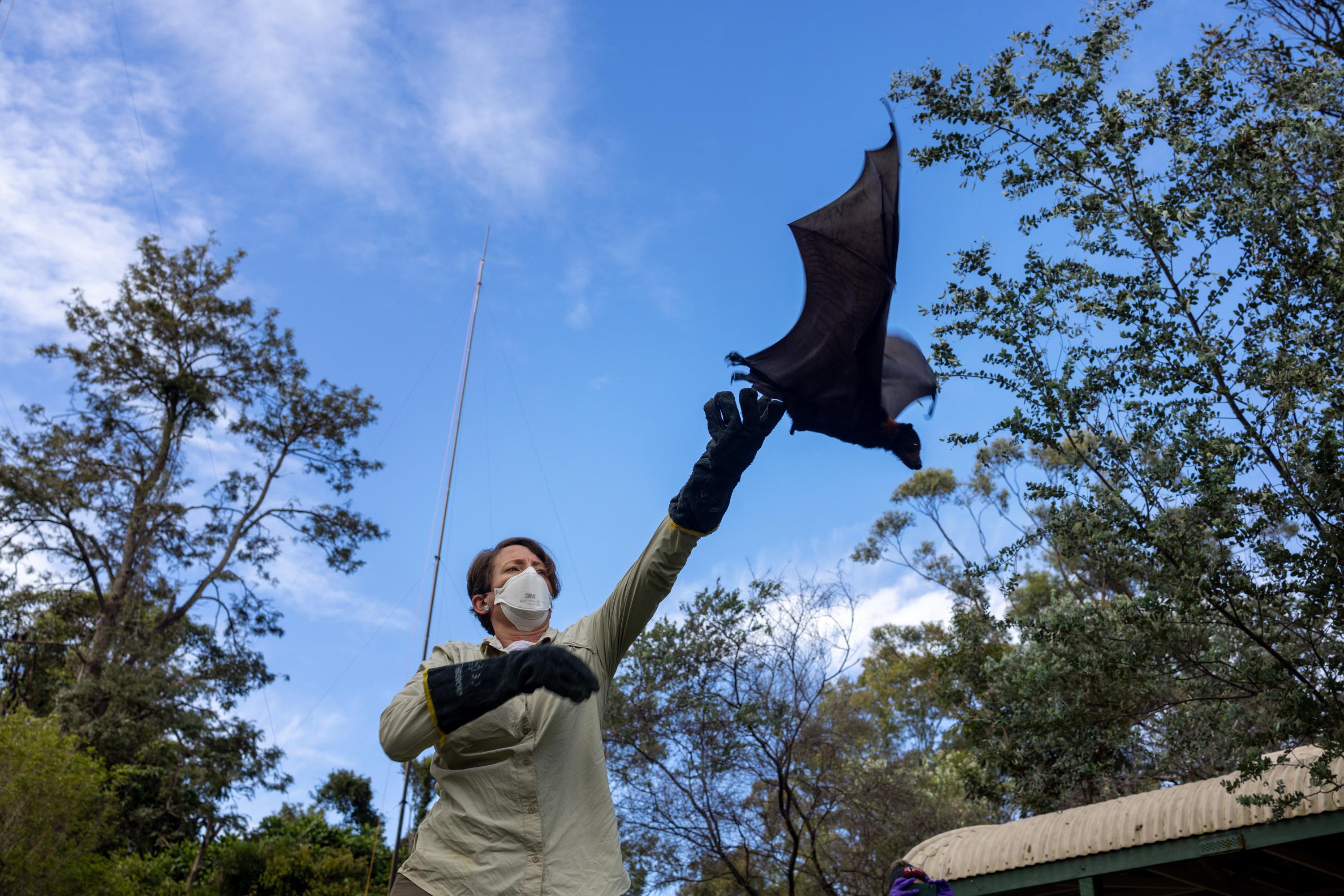
Dr. Neil Vora, a tuberculosis physician and former officer at the U.S. Centers for Disease Control and Prevention, said he was thrilled when he saw the paper. “It gave clear evidence that we can take actions to prevent spillovers of viruses,” said Vora, who now works for environmental nonprofit Conservation International. “I hope it helps to convince funders and policymakers that spillover prevention merits implementation now.”
In a world still scarred by the COVID-19 pandemic, Eby’s dogged success exposes a global scientific blind spot. It’s not that trendy science involving the latest AI wonders isn’t worthy of research dollars. It’s that it should not be funded at the expense of the sort of long-term, shoe-leather work that allowed Eby and her colleagues to solve the mystery of a deadly contagion, Vora and other public health experts say. “All of these actions are important if we want to save as many lives as possible from infectious diseases,” Vora added.
Novel infectious diseases will keep coming at us, Eby warns. Investing in scientific work like hers “seems like a poor approach now,” she said, “but 20 years from now, we’ll look back and wonder why we didn’t do it.”
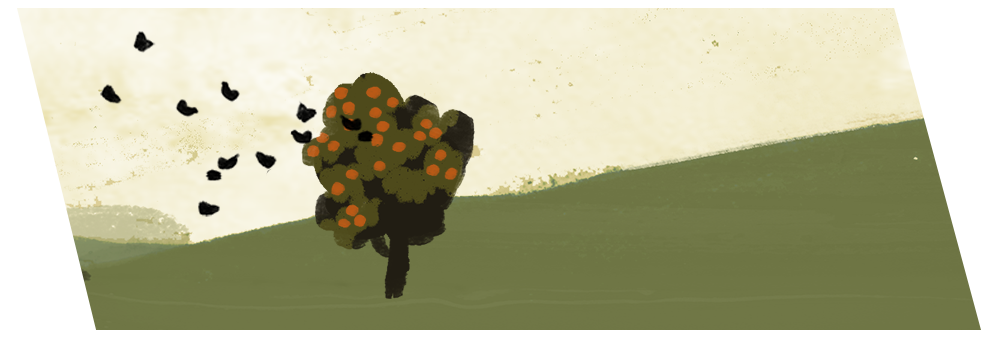
Fresh out of college in the 1970s, Eby explored the wilds of Australia on a research fellowship, following the path a German naturalist had chronicled before he disappeared in 1848. Some parts were so remote that she had to hitch a ride on the tiny plane that delivered mail to park rangers. Eby, who grew up in Kansas, was awed by the diversity of the landscape and charmed by the openness of the people. When her fellowship ended, she decided Australia was home.
Eby was in her 30s when she came to love flying foxes. Her boss at the New South Wales National Parks and Wildlife Service asked her to figure out how bats spread fruit seeds in rainforests. She followed signals transmitted by radio collars on flying foxes and knocked on landowners’ doors to ask if she might, please, observe the bats feeding in their trees and collect droppings. She even tracked them from a single-engine Cessna, battling nausea as she discovered that the bats could migrate hundreds of miles, a fact that nobody knew at the time.
When she watches flying foxes hanging in repose, Eby’s breathing slows. It feels like meditation. “It changes my perspective so I feel less significant,” she explained. “I think that’s important for all of us to feel less significant in the world.”

Watch:
This Scientist Tracked Bats for Decades and Solved a Mystery About a Deadly Disease
Ecologist Peggy Eby’s discovery underscores the time and shoe-leather research needed to prevent future pandemics.
She was working on her dissertation about the bats in 1994 when a novel virus struck a Brisbane suburb called Hendra. The trouble started when a pregnant racehorse named Drama Series became congested and feverish. A veterinarian gave her painkillers and antibiotics, but she died the next day. As horse after horse got sick, some thrashed in their stalls, unable to breathe. “It’s a horrible thing to see when they’re mutilating themselves,” the veterinarian, Dr. Peter Reid, recalled.
Then the horses’ trainer died. The outbreak had spread to humans.
For more than a decade, Hendra popped up sporadically. It killed another horse trainer and two veterinarians. A veterinary nurse became so ill that she had to learn to walk and talk again and never regained some of her hearing.


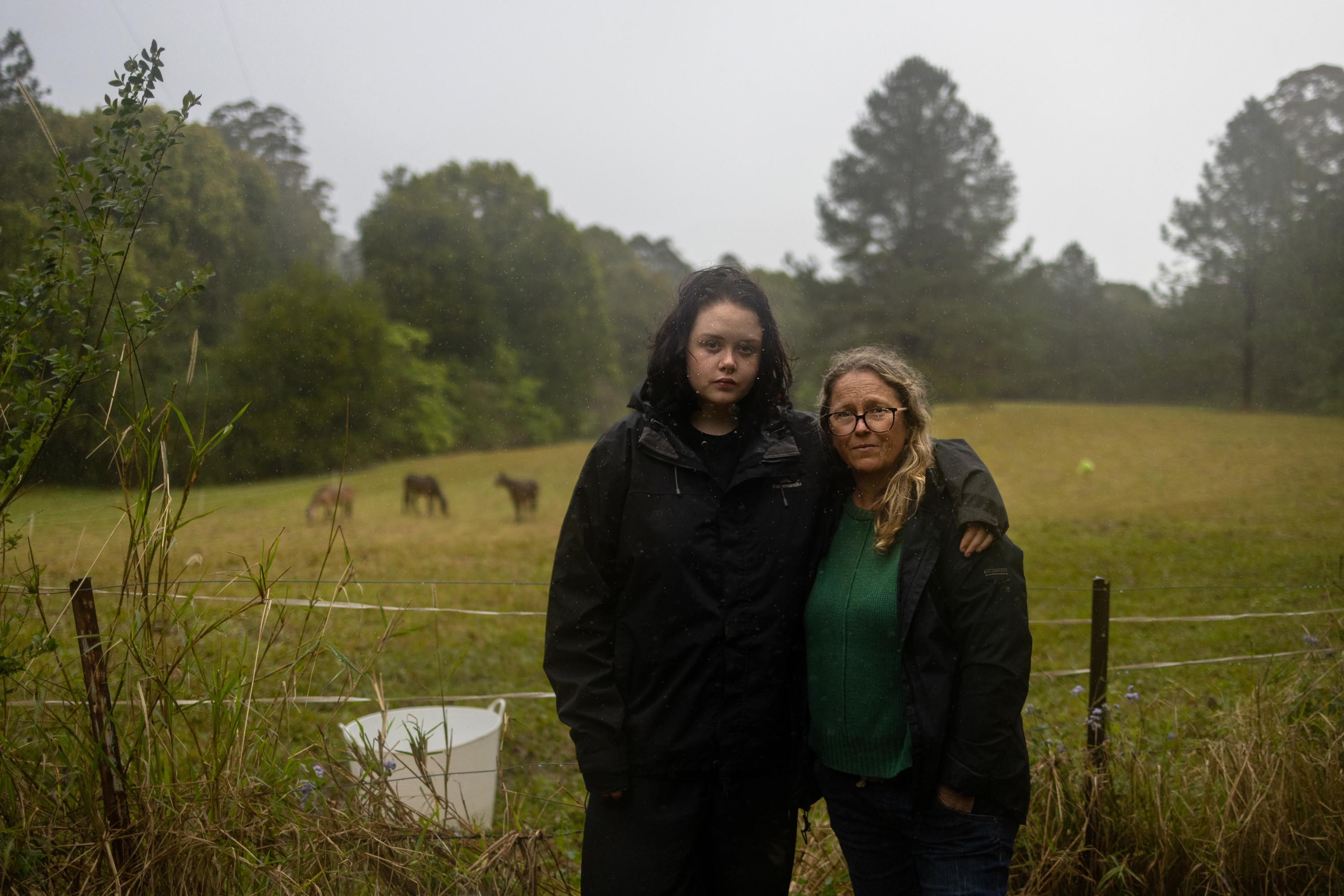
Scientists figured out that Hendra came from flying foxes, and it had to pass through horses before it could infect humans. Eby was aware of those discoveries but didn’t get pulled in until an unprecedented number of horses died in 2011. Nobody knew why so many were getting sick when Hendra had been rare in the past. Media helicopters rumbled over sites where horses died, and people who lived and worked near them panicked. A group of ecologists lobbied the government to add a bat expert to the team deployed to infection sites, a practice that wasn’t common then and still isn’t. The ecologists picked Eby.
Shortly after her 60th birthday, Eby began suiting up in PPE and heading to the scene every time a horse tested positive for Hendra. She soon noticed the bat roosts near these sites were new and small. Something strange was going on.
Around the same time, Dr. Raina Plowright, a professor of disease ecology at Cornell University, proposed working together. Plowright was an Australian who had emigrated in the opposite direction of Eby but had never lost interest in her homeland’s infectious diseases.
They agreed to tackle the mystery together. They applied for multiple grants and were shot down because their ambitions didn’t match the funding silos: Agencies that support human health don’t typically care about animal health, and those that back studies on the environment often aren’t interested in how it affects public health. In saying “no,” one animal foundation explained that its mandate didn’t extend to diseases that leaped to humans.
In 2012, Plowright received a small grant from the Australian government, but that was only for mathematical modeling and didn’t support fieldwork like Eby’s. By 2017, a National Science Foundation grant came through, but it wasn’t enough to cover all of the costs of catching and testing bats. The team spread itself thin. “It was headed to a burnout situation,” Plowright recalled.
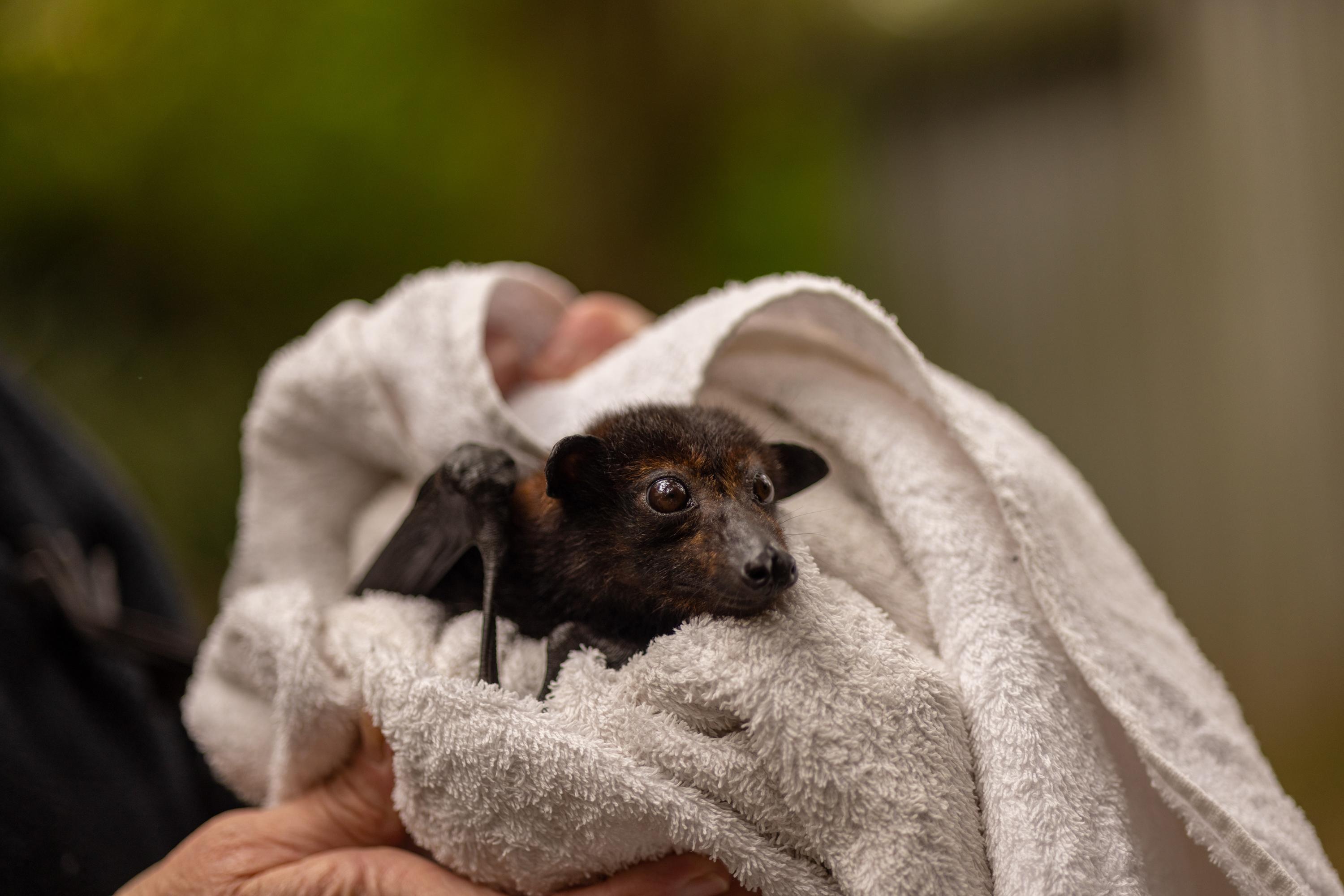

Eby, meanwhile, tapped unusual sources to get data. She befriended beekeepers, who could tell her when and where key species of trees were flowering. This helped them track shortages of the bats’ favorite food: nectar from eucalyptus blossoms. She also asked workers at wildlife rehabilitation centers to keep logs about sick and injured bats that they cared for.
The team studied weather patterns and how the forest cover had changed. Eby contributed field records on the location, number and health of bat roosts. Altogether, their data spanned 25 years.
The team’s resourcefulness paid off. By 2017, the researchers figured out how and why Hendra was spilling over from bats:





From 1996 to 2002, there were no Hendravirus outbreaks. Back then, bats congregated in large groups and traveled long distances to find their favorite food, nectar from the blossoms of eucalyptus trees.
During occasional food shortages, bats would split into smaller groups, surviving on fruit that they wouldn’t normally eat. This often drew them closer to people and horses. Usually, this only lasted a short time.
But when the eucalyptus bloomed again, the bats would revert to large groups, moving away from humans.
Things started to change in 2003. People continued to cut down eucalyptus trees, so the bats had less and less native habitat.
The bats responded to food shortages by splitting into smaller groups closer to humans and horses like before, but now, many didn’t return to large groupings after the food shortage ended.
Infected bats, stressed out by a food shortage, later shed more virus. Horses that sniff or eat things that have been contaminated with bat waste or saliva can catch Hendra. The virus can then jump from a horse to its owner or a vet. Hendra virus spillovers occurred more frequently after 2003.
In early 2017, the researchers determined that conditions were ripe for Hendra to leap from bats to horses and potentially to people. A drought, followed by too much rain, had led to a dire shortage of eucalyptus blossoms, and malnourished bats were turning up at wildlife rescue organizations. By then, there was a Hendra vaccine for horses, but few owners had opted for it. It was only a matter of time before a horse nibbled something tainted with the bats’ saliva or droppings.
Eby pushed past the fear that their prediction might be wrong. She and her colleagues published a bulletin that winter, warning veterinarians of an impending Hendra outbreak and their need to wear full protective gear near horses.
The team was right. Four horses on separate properties caught Hendra that season.
No humans got sick.

When the same pattern of weather and food shortages repeated in 2020, Eby and her colleagues were confident that it’d be a calamitous year. They sounded another warning that May, at the start of the Australian winter season: “Conditions predict heightened Hendra virus spillover risk in horses this winter: actions now can change outcomes.”
Later that month, one horse was infected and euthanized. The team braced itself for a wave of horse deaths. But then — nothing. No other Hendra cases were identified, and the outbreak that was supposed to happen just didn’t.
Somehow, they had gotten it wrong.
“We still felt confident in our understanding,” Eby recalled, “but we didn’t have the full story yet.” She ran through everything she knew about bats and Hendra, scouring for what they might have missed. There had, indeed, been a food shortage. So where were all the bats?
Eby was in COVID-19 lockdown in mid-July that year when she got stunning news. Gympie, a former gold-mining town near the east coast, had been less affected by the severe weather than expected, and a few patches of a type of eucalyptus known as the forest red gum were flowering en masse. Their slender branches teemed with fluffy white blooms. Eucalyptus trees don’t flower every winter; their blooms appear erratically. Some 240,000 flying foxes had flown in for the rare feast.
“I immediately knew,” Eby said. “This is what was different.”
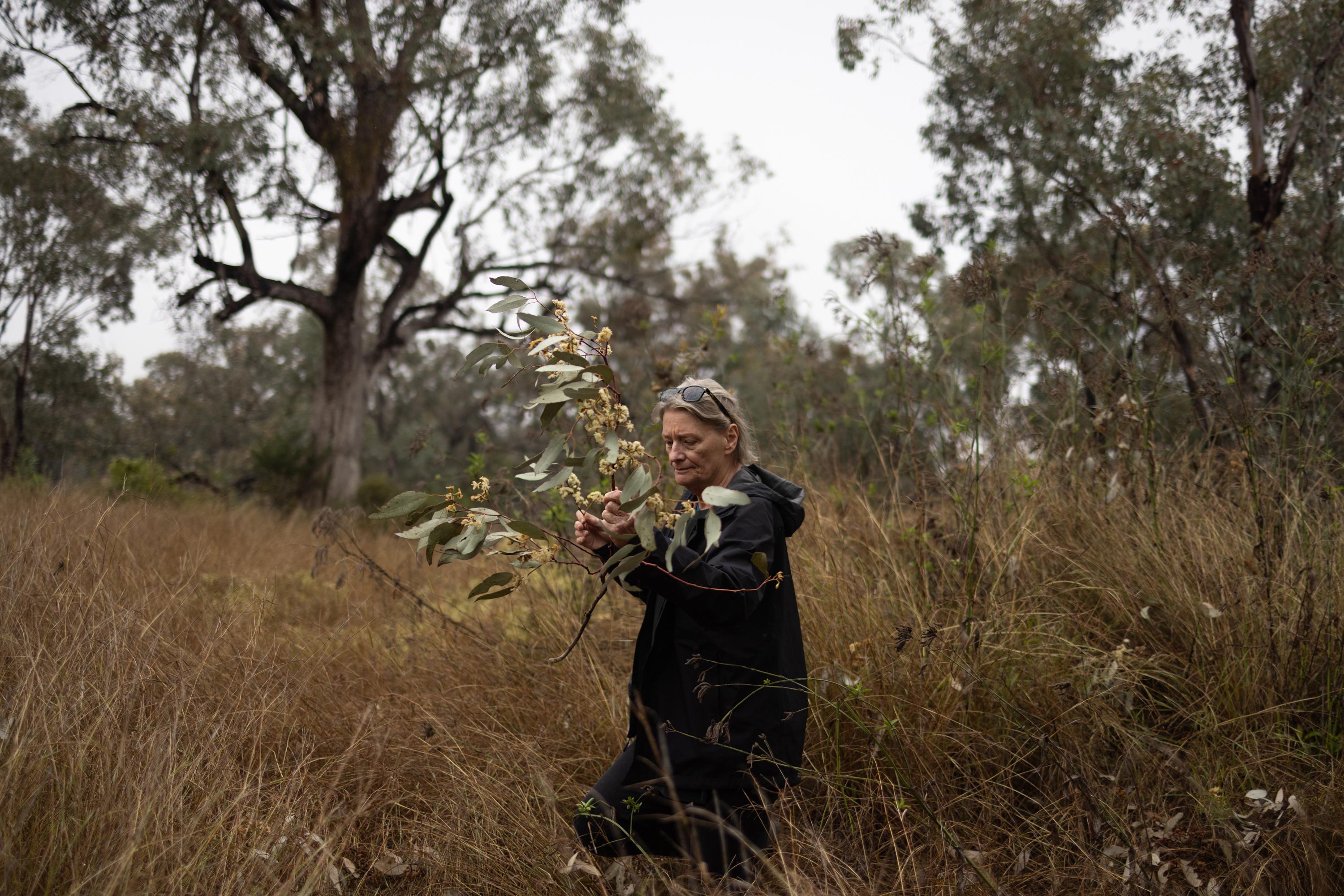


Her collaborators, a field team from Griffith University, rushed to check roosts in areas where Hendra cases had previously struck. Many roosts were empty, the bats drawn away by the Gympie banquet.
Eby and Plowright had worked on this for a decade now, patching together four or five grants at a time to continue their research. Funders wanted results.
But they needed more data. They had to understand how this unexpected winter flowering in Gympie was affecting bats across eastern Australia. With the lockdown preventing Eby from examining the roost herself, she began to compile information on historic mass winter flowerings like this one.
One reason why it wasn’t initially obvious that the Gympie congregation was important was that the bats that had flocked to town were grey-headed flying foxes, not the black flying foxes that spread Hendra. Eby came to believe that a hierarchy of bat species governs which can claim the best food, and the behavior of one affects the other.
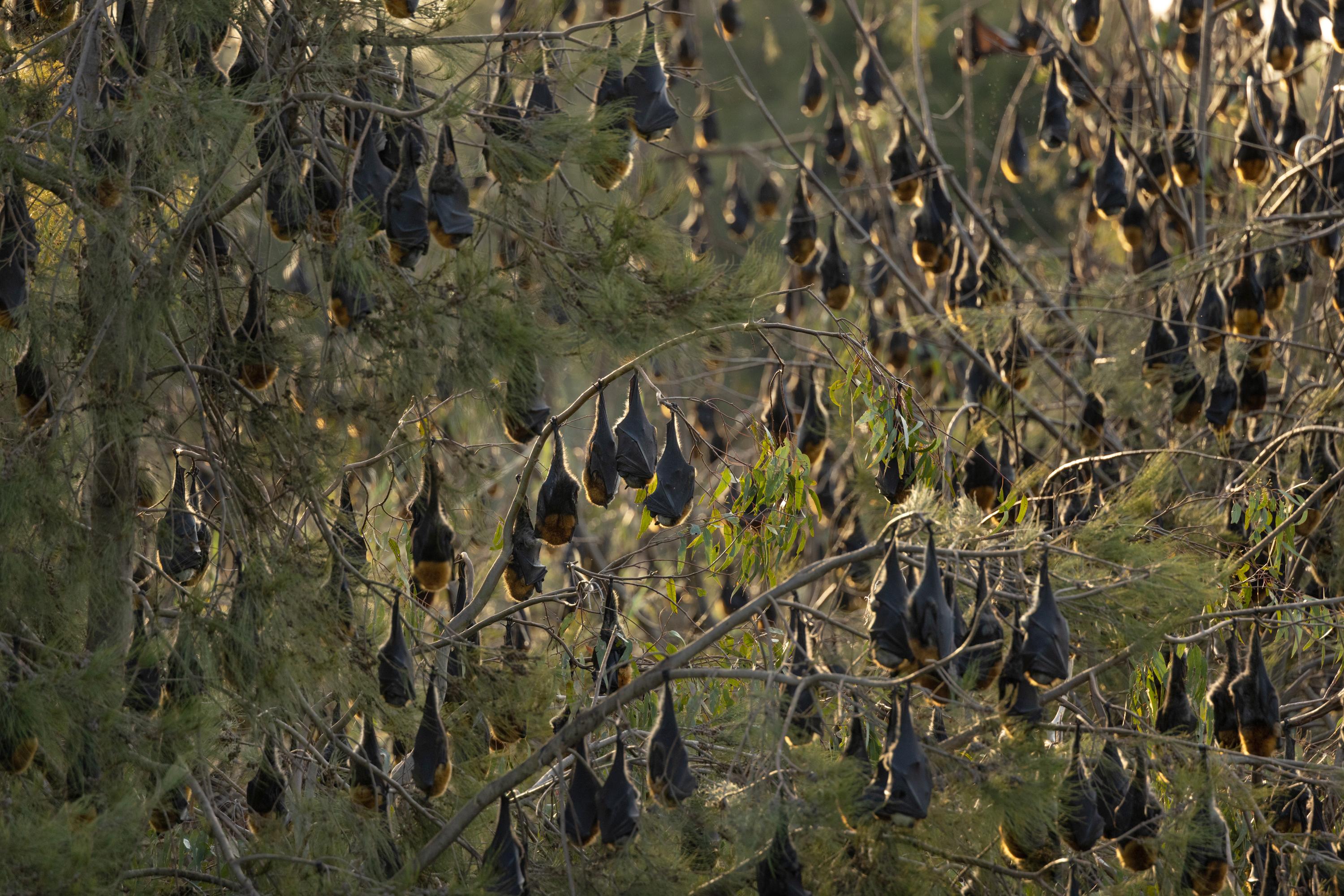
The greys get dibs on the best food. When eucalyptus nectar is scarce, the greys eat what’s available, pushing the black flying foxes to scavenge for fruits in horse paddocks, their equivalent of junk food. But when the nectar is abundant, like it was in Gympie, the greys will depart for that fine dining opportunity, allowing the blacks to ditch the horse paddocks for better food that the greys leave behind. This draws the bats that carry Hendra away from horses and people.
In the end, what she concluded was astonishing: There had never been a spillover at the same time as a rich winter flowering.
“We said, this can’t be real, it’s too good,” Plowright said. “Those remnant patches of flowering were protecting the whole landscape.”
Patches of eucalyptus around a single town could protect all of eastern Australia. Imagine a few clusters of trees in New Jersey protecting the entire Eastern Seaboard.


Though much of the bats’ native habitat has been cleared, occasionally a cluster of remaining trees will bloom en masse.
The trees act like a magnet drawing bats to a feast. Bats will fly hundreds of miles to feed on the nectar.
That draws bats away from horses and people.
The researchers could see how, between 1994 and 2006, consistent winter flowering was still taking place around the country. But as people cut down more and more trees, reducing the available habitat, winter flowering became unreliable and occasional, leading bats to search in horse paddocks for other sources of food.
Habitat destruction and deforestation has been linked to outbreaks of many notorious viruses, including Ebola, monkey malaria and the brain-invading Nipah virus. The discoveries of Eby and her colleagues show that we can learn all of the elements that lead to spillover — environmental, animal and human — in enough detail to design ways to predict and prevent the next outbreak.
Their discovery comes as the threat of Hendra increases. Deforestation has decimated the bats’ winter foraging habitats and shows no signs of stopping. Climate change likely will cause more extreme weather conditions, which will further disrupt the winter budding of eucalyptus, making food shortages more common.

Eby and her colleagues see a new way forward: If the remaining patches of winter-flowering trees were preserved and more were planted, they could once again reliably draw the bats away from people and protect the entire country from Hendra virus for years to come.
Yet few government agencies and global health authorities are ready to invest in action that comes out of this hard-won discovery.
The Hendra team, in 2018, had managed to score a grant from a program under the U.S. government’s Defense Advanced Research Projects Agency that was unique in its scope and vision. Called Preventing Emerging Pathogenic Threats, or PREEMPT, it sought to understand the mechanisms of spillover with the goal of developing technologies to protect U.S. military forces deployed to disease-prone locations. But the program was a one-off and is ending after five years. DARPA says it is not its role to fund the solution Eby and her colleagues discovered.
“We are ready for the next hard problem,” said Kristen Jordan, the deputy director for the DARPA Biological Technologies Office. “There are many we need to address.”
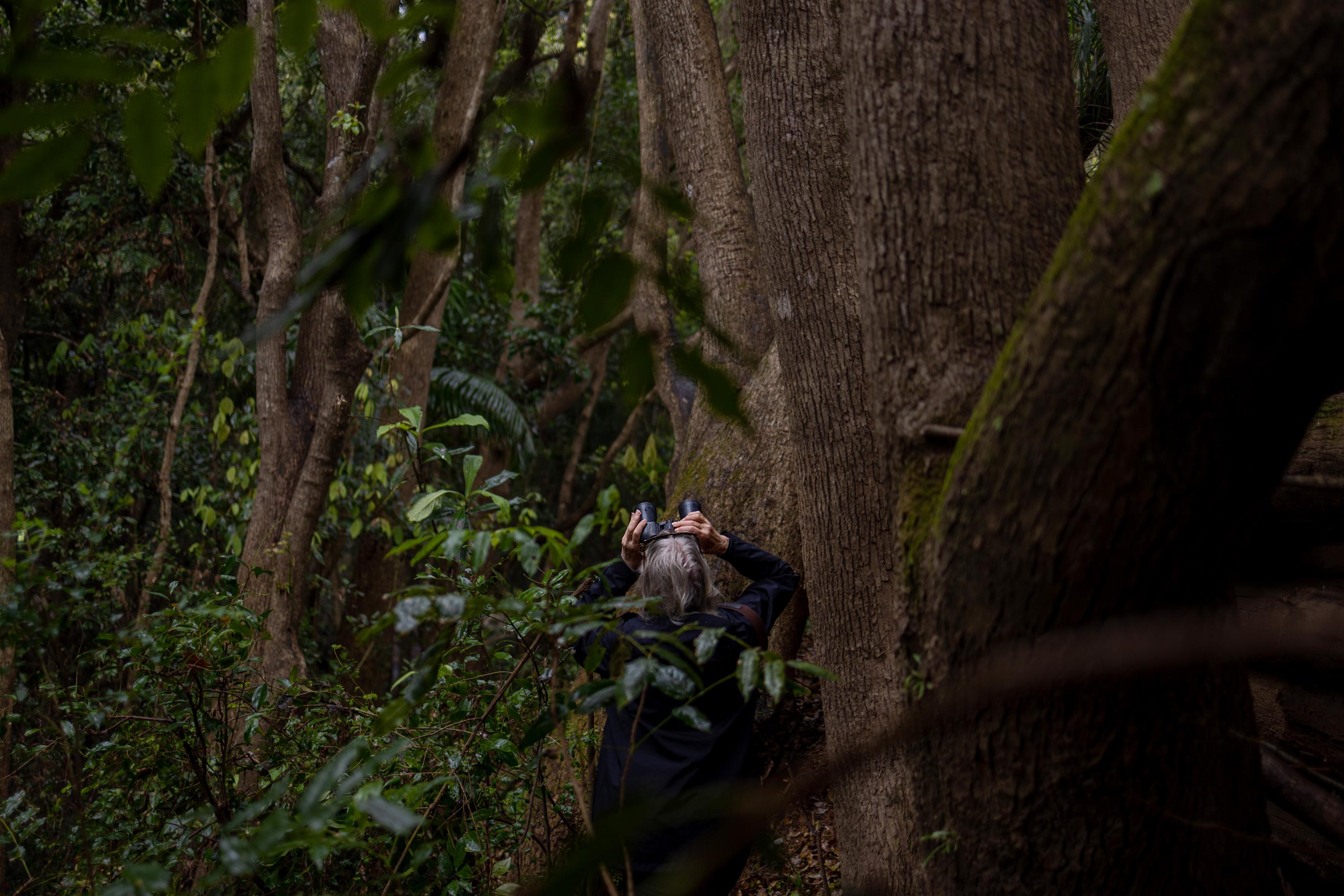
Department of Defense officials asked Plowright whether the model that predicted Hendra could also predict the next coronavirus spillover in Southeast Asia.
Plowright recalls responding: “Well, you need data. And we have no data.” It’d be impossible to calculate that risk without replicating the years of wildlife tracking, environmental data gathering and number-crunching that the Hendra team conducted. “People just don’t get that.”
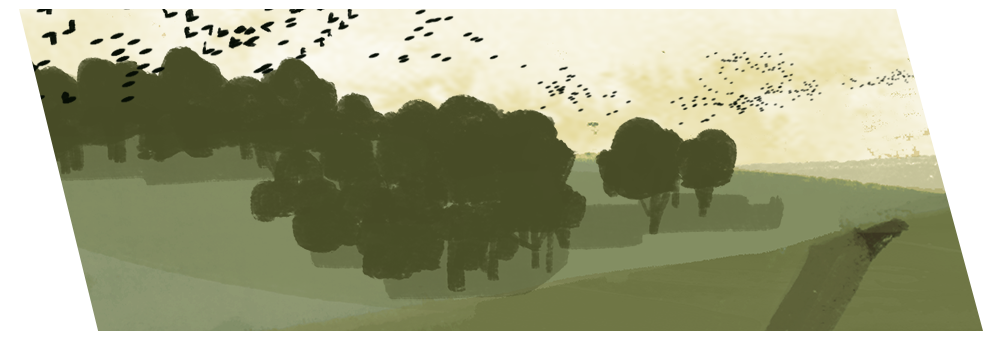
On a crisp afternoon last September in the city of Tamworth in New South Wales, Eby pulled into the parking lot of a Hungry Jack’s burger restaurant. She had heard reports of an enormous roost of flying foxes in town and hurried to get there. Eby couldn’t see any bats from where she had parked, but she didn’t need to. Her clear blue eyes lit up and she beamed. “Can you smell them?”
Alongside the aroma of cooking grease was a musky, sweet scent that announced the presence of bats. As Eby walked to the river, she could also hear their shrill chattering. Then, there they were, hanging upside down from every branch on every tree that lined the river, grooming themselves and resting before the evening’s forage. With their wings folded around them, the bats looked like tear-drop-shaped fruit. A week earlier, another researcher had flown a heat-seeking drone over the roost and estimated that the river in Tamworth was hosting about 300,000 bats — more than half of the grey-headed flying fox population in all of Australia.
Eby moved slowly so as not to startle the roosting animals. She raised her binoculars, tallying males and females, noting any that were pregnant and scanning for babies born out of season. The roost looked healthy. She was elated. The Tamworth bats confirmed that a single unusually abundant flowering of eucalyptus could provide a protective effect for the whole system. And sure enough, there were no Hendra virus cases in the winter of 2022.
A few years ago, Eby had thought it might be time to retire. She was nearing 70 and ready to take a break from the physical grind of fieldwork. But then came an unconventional funding opportunity she couldn’t pass up.
After thousands of bushfires burned an estimated 59 million acres in a single season that came to be known as the Black Summer, money poured in to help restore habitat for Australia’s iconic koala. Eby instantly recognized the chance to explore how planting eucalyptus affects flying foxes, which conveniently feed on nectar from many of the same trees preferred by koalas. “The bats are hanging onto the coattails of the koalas,” she said with a wry grin.
There wasn’t a universal data set tracking reforestation projects, so she set out to create one. Today, supported by money from various koala-focused projects, she drives across eastern Australia training koala conservationists to upload records of their tree-planting projects into a common database. She hopes that reforestation efforts will make winter flowering commonplace again and prove the case for preventing spillovers with habitat restoration.
Eby says that she believes preventing outbreaks is possible, and that the methods she and her colleagues have developed can be applied to other disease systems. “There was nothing remarkable about my work. It can be done again in other circumstances, it just takes the will,” she said. “It also takes an understanding that this is a long term quest.”
Even while she embarks on her new mission to prove the power of reforestation, she pauses to cheer the remnant patches of forest when they bloom.
As the sun set over Tamworth, she stood above the riverbank, her hair glowing silver under the light of a streetlamp. She watched as the bats set out into the darkening sky, their long wings beating the air as they soared from the trees and headed out to feed. Eby couldn’t see where they were headed but knew that nearby, eucalyptus trees were blooming, producing sweet nectar that would keep the country safe from a Hendra virus spillover. Smiling to herself, she murmured, “Isn’t it wonderful?”
More from Roots of an Outbreak
View All
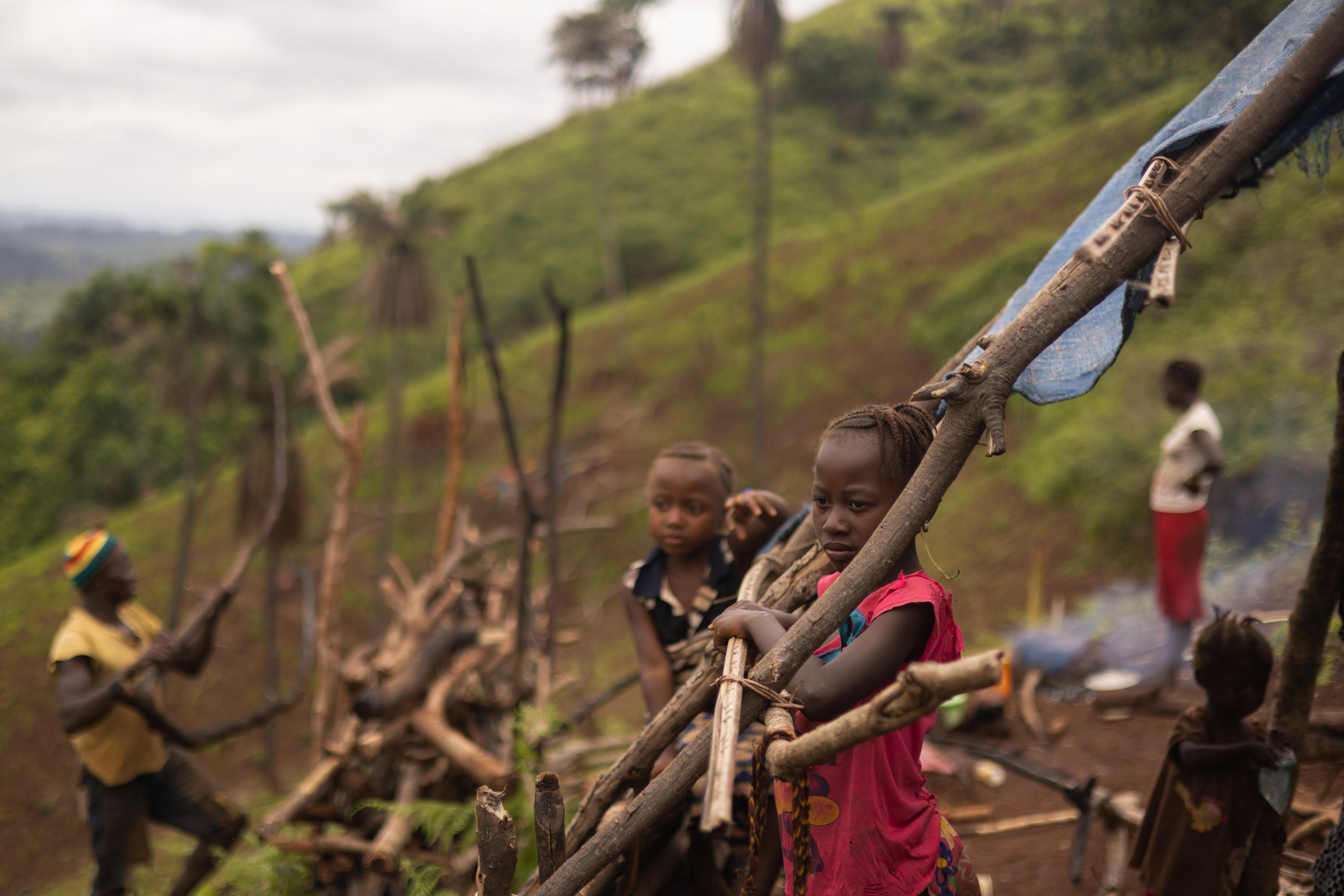
Part One
On the Edge
The Next Deadly Pandemic is Just a Forest Clearing Away
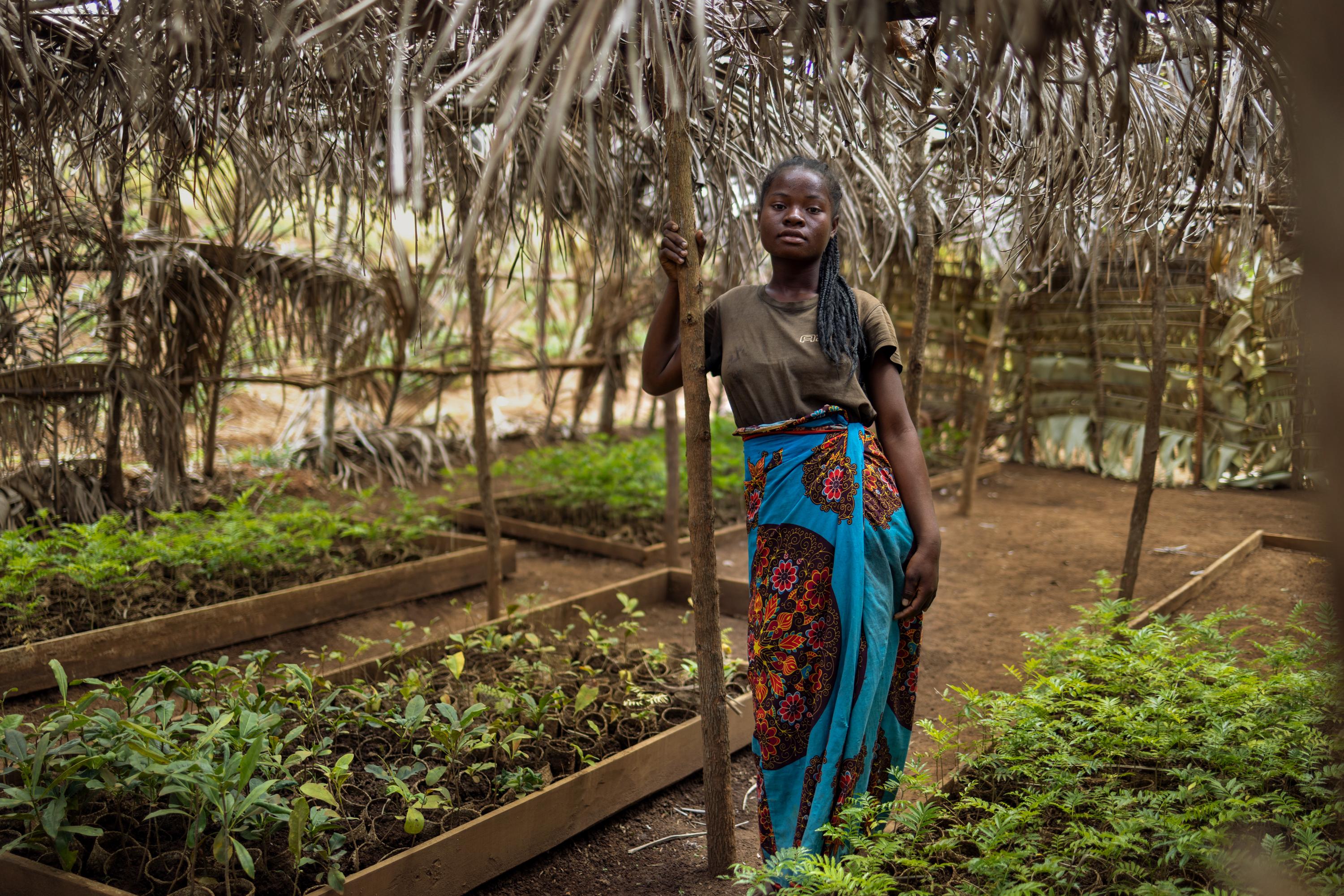
Part Two
Seeding Hope
How Saving the Rainforests Could Prevent the Next Pandemic
Just Read

Part Three
The Scientist and the Bats
How Studying Bats Can Help Predict and Prevent the Next Deadly Pandemic
Do You Have a Tip for ProPublica? Help Us Do Journalism.
Got a story we should hear? Are you down to be a background source on a story about your community, your schools or your workplace? Get in touch.
Graphics, design and development by Anna Donlan. Photo editing by Peter DiCampo. Illustrations by Katherine Lam.

